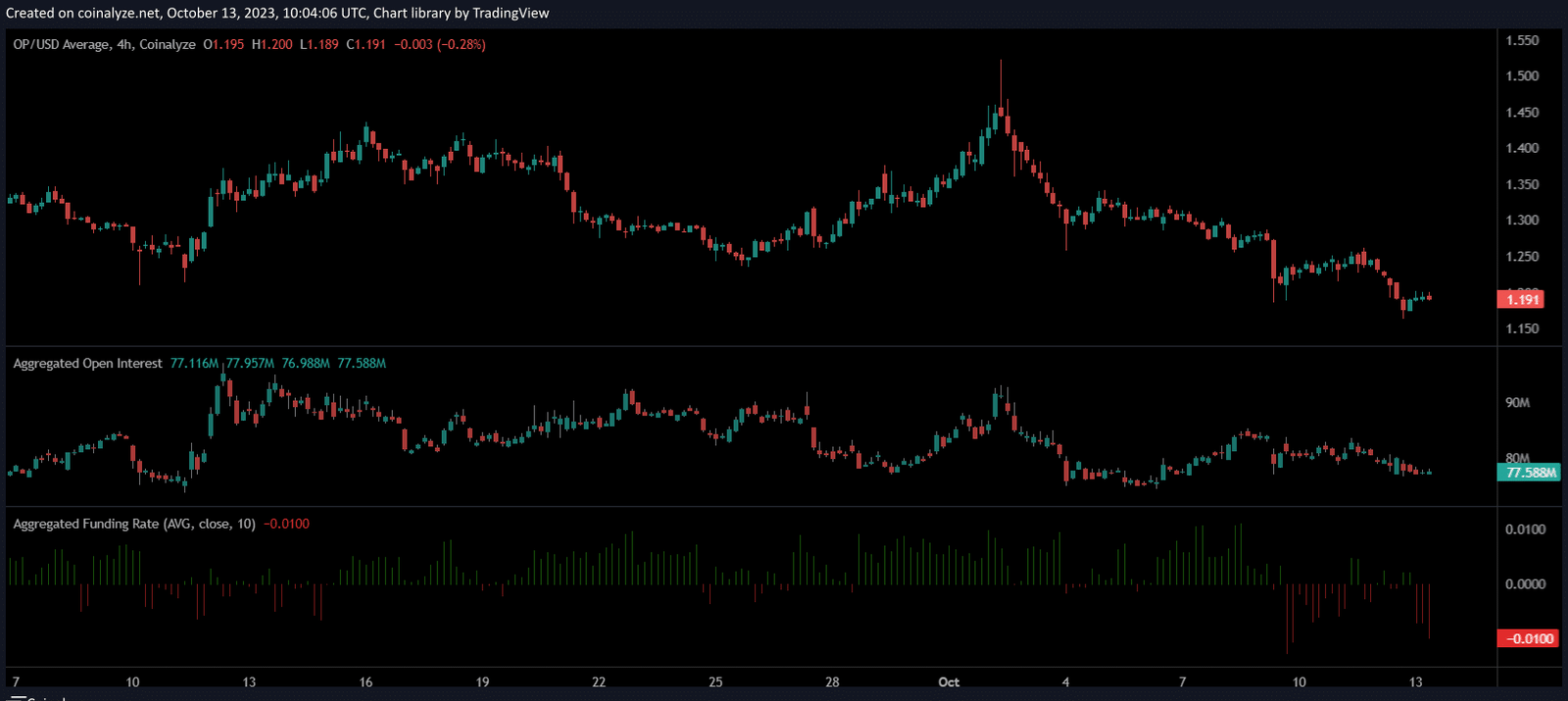The Bitcoin mining landscape has entered uncharted territory as the network’s mining difficulty soars to record-breaking levels while miner revenues experience a significant downturn. This paradoxical situation presents both challenges and opportunities for the cryptocurrency ecosystem, fundamentally reshaping how miners approach their operations and investment strategies.
The current state of Bitcoin Mining difficulty represents a critical inflection point in the network’s evolution. As the world’s largest cryptocurrency continues to mature, the underlying infrastructure supporting its security and functionality faces unprecedented pressures. The recent surge in difficulty adjustment mechanisms has created a perfect storm where operational costs are rising while profit margins shrink, forcing miners to reconsider their long-term sustainability strategies.
This comprehensive analysis explores the intricate relationship between mining difficulty, hash rate, and miner profitability, examining how these fundamental metrics influence the broader cryptocurrency market. Understanding these dynamics is crucial for investors, miners, and cryptocurrency enthusiasts who seek to navigate the evolving landscape of digital asset mining operations.
Understanding Bitcoin Mining Difficulty: The Foundation of Network Security
Bitcoin mining difficulty serves as the network’s self-regulating mechanism that maintains consistent block times regardless of the total computational power dedicated to mining. This sophisticated algorithm automatically adjusts every 2,016 blocks, approximately every two weeks, to ensure that new blocks are discovered roughly every ten minutes.
The difficulty adjustment algorithm responds directly to changes in the network’s total hash rate. When more miners join the network or existing miners upgrade their equipment, the hash rate increases, potentially reducing block times. To counteract this acceleration, the mining difficulty increases proportionally, requiring more computational effort to solve the cryptographic puzzles that secure new blocks.
The Mathematics Behind Difficulty Calculations
The Bitcoin network employs a sophisticated mathematical formula to calculate Bitcoin Mining difficulty adjustments. The system compares the actual time taken to mine the previous 2,016 blocks against the target time of 20,160 minutes (14 days). If blocks are mined faster than expected, the difficulty increases; if slower, it decreases.
This mechanism ensures that Bitcoin mining remains competitive and secure while maintaining predictable block production rates. The difficulty target represents the threshold that a block’s hash must meet to be considered valid, and as difficulty increases, this threshold becomes more stringent.
Current Mining Difficulty Metrics: Breaking Down the Numbers
Recent data indicate that Bitcoin mining difficulty has reached an all-time high, surpassing previous records by substantial margins. The current difficulty level represents a significant challenge for miners operating with older equipment or those facing high electricity costs.
Hash Rate vs. Difficulty Correlation
The relationship between network hash rate and Bitcoin Mining difficulty remains intrinsically linked. As the hash rate has climbed to unprecedented levels, exceeding 450 exahashes per second, the corresponding difficulty adjustment has followed suit. This correlation demonstrates the network’s robust security posture while simultaneously intensifying competition among miners.
The hash rate distribution across major mining pools reveals interesting patterns in how large-scale operations adapt to changing difficulty levels. Major mining pools have consolidated their operations, optimizing their mining efficiency to maintain profitability despite increased computational requirements.
Geographic Distribution of Mining Operations
Bitcoin mining operations have become increasingly concentrated in regions with favorable regulatory environments and low electricity costs. The geographic distribution of Bitcoin Mining farms significantly impacts how difficulty adjustments affect different segments of the mining community.
Countries with abundant renewable energy sources have become attractive destinations for Bitcoin Mining operations, as they can maintain profitability even when mining difficulty reaches extreme levels. This trend toward sustainable mining practices reflects the industry’s evolution toward more environmentally conscious operations.
The Revenue Challenge: Why Miner Profits Are Declining
Despite record-high mining difficulty, miner revenues have experienced a concerning decline, creating a challenging operational environment for mining enterprises of all sizes. This revenue compression stems from multiple factors that collectively impact the profitability of Bitcoin mining operations.
Transaction Fee Dynamics
Transaction fees constitute a significant portion of miner revenues, supplementing the block rewards that miners receive for successfully mining new blocks. However, recent trends show that transaction fees have decreased substantially, reducing the total compensation available to miners.
The mempool size and transaction volume directly influence fee structures, and periods of low network activity result in minimal fee income for miners. This dependency on transaction fees becomes more pronounced as block rewards continue to decrease through the halving process.
Energy Cost Pressures
Rising energy costs worldwide have significantly impacted mining profitability, particularly for operations relying on traditional energy sources. The electricity consumption required for Bitcoin mining represents the largest operational expense for most mining enterprises.
Mining efficiency has become paramount as operators seek to maximize their hash rate output per unit of energy consumed. Advanced ASIC miners with superior energy efficiency ratios have become essential investments for maintaining competitive mining operations.
Market Forces Shaping Mining Economics
The cryptocurrency market dynamics play a crucial role in determining mining profitability and influencing difficulty adjustments. Bitcoin price volatility creates uncertainty for mining operations, making long-term planning challenging.
Price Volatility Impact
Bitcoin price fluctuations directly affect mining revenues when converted to fiat currency. While Bitcoin Mining rewards remain constant in Bitcoin terms, their dollar value varies significantly with market conditions. This volatility requires miners to develop sophisticated risk management strategies.
Market sentiment and institutional adoption influence Bitcoin valuation, which in turn affects the economic viability of mining operations. During bear markets, many miners face difficult decisions about continuing operations or temporarily shutting down less efficient equipment.
Competition and Market Consolidation
The Bitcoin Mining industry has witnessed increasing consolidation as larger operations benefit from economies of scale. Mining pools have grown in size and influence, while smaller independent miners face mounting pressure to remain competitive.
Mining pool concentration raises important questions about network decentralization and the long-term security implications of concentrated hash rate control. Balancing mining efficiency with decentralization remains an ongoing challenge for the Bitcoin ecosystem.
Technology and Innovation in Mining Operations
 Technological advancement continues to drive Bitcoin Mining efficiency improvements, with manufacturers developing increasingly sophisticated ASIC miners designed to maximize hash rate while minimizing energy consumption.
Technological advancement continues to drive Bitcoin Mining efficiency improvements, with manufacturers developing increasingly sophisticated ASIC miners designed to maximize hash rate while minimizing energy consumption.
Next-Generation Mining Hardware
The latest generation of Bitcoin Mining equipment offers substantial improvements in hash rate per watt ratios, enabling miners to maintain profitability even as difficulty increases. These technological advances represent critical investments for mining operations seeking long-term sustainability.
Cooling solutions and infrastructure optimization have become integral components of modern Bitcoin Mining farms, as operators seek to maximize the lifespan and efficiency of their equipment. Advanced cooling systems reduce operational costs while improving mining performance.
Renewable Energy Integration
Sustainable mining practices are gaining traction as operators recognize the long-term benefits of renewable energy sources. Solar, wind, and hydroelectric power offer stable, cost-effective energy solutions for Bitcoin Mining operations.
The integration of renewable energy not only reduces operational costs but also addresses environmental concerns associated with Bitcoin mining. This shift toward green mining represents a significant evolution in the industry’s approach to energy consumption.
Future Outlook and Implications
 The current mining difficulty record and declining miner revenues suggest that the Bitcoin mining industry is entering a new phase of maturation. This transition will likely result in further consolidation and technological advancement as operators adapt to changing market conditions.
The current mining difficulty record and declining miner revenues suggest that the Bitcoin mining industry is entering a new phase of maturation. This transition will likely result in further consolidation and technological advancement as operators adapt to changing market conditions.
Projected Difficulty Trends
Bitcoin Mining difficulty is expected to continue its upward trajectory as more efficient mining equipment comes online and the hash rate continues to grow. However, the rate of increase may moderate as market forces reach equilibrium between mining costs and revenue potential.
Long-term difficulty projections depend on various factors, including Bitcoin adoption, price stability, and regulatory developments. Understanding these trends is crucial for mining investment decisions and operational planning.
Industry Adaptation Strategies
Successful Bitcoin Mining operations are implementing comprehensive strategies to navigate the challenging environment of high difficulty and compressed margins. These strategies include operational optimization, energy diversification, and technological upgrades.
Mining efficiency improvements through operational excellence and cost management will determine which operations remain viable in the evolving landscape. The ability to adapt quickly to changing conditions has become a critical competitive advantage.
Conclusion
The record-breaking Bitcoin mining difficulty, combined with declining miner revenue, represents a defining moment for the cryptocurrency mining industry. This challenging environment is driving innovation, consolidation, and operational excellence across the sector.
While current conditions present significant challenges, they also create opportunities for well-positioned Bitcoin Mining operations to gain market share and establish competitive advantages. The Bitcoin network‘s security and decentralization depend on a healthy mining ecosystemresolvingof current challenges crucial for the cryptocurrency’s long-term success.
The future of Bitcoin mining will likely feature more efficient operations, greater renewable energy adoption, and continued technological innovation. Successfully navigating this transition will require careful strategic planning, operational excellence, and adaptability to changing market conditions.

